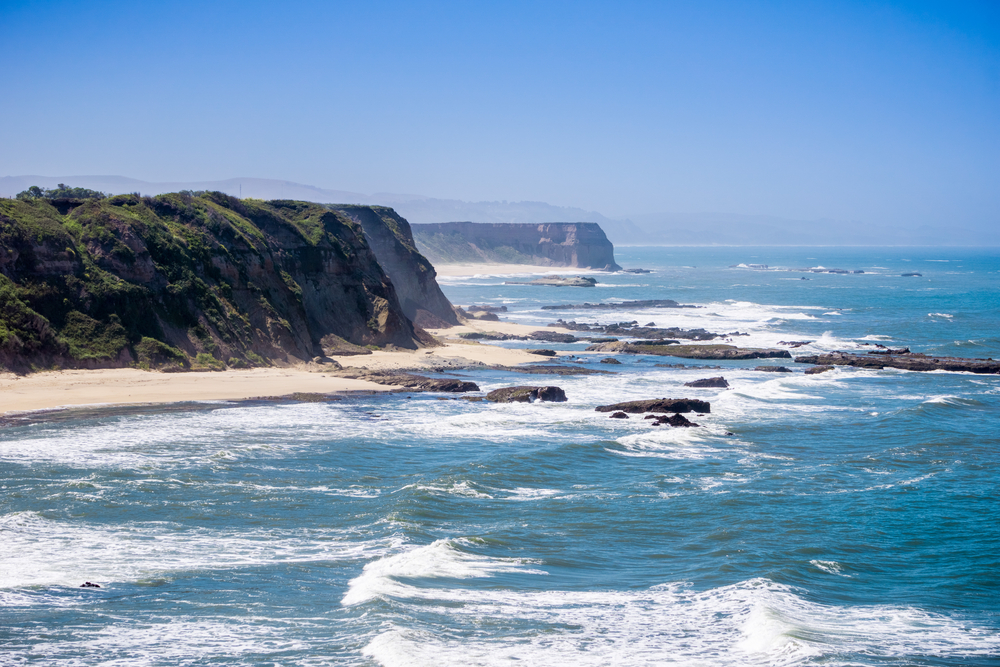Straws, straws everywhere—but do you really need them in your drink?
Straws are one of those everyday items that most of us take for granted. We often don’t think twice about them being poked through the lids of our favorite iced coffees, house cocktails, or restaurant beverages. These plastic companions have become ubiquitous in our everyday lives. But have you ever stopped to think, “Are they really necessary?” The price that we, our environment, and our wildlife end up paying for these small, seemingly insignificant tubes of plastic may make you think twice. Read on to see the big impact even a single plastic straw can actually make.
So, how bad are straws, really?
According to the National Park Service, about 500 million straws are used (and disposed of) every day in the United States. Putting this figure into perspective, the U.S. population is currently about 327 million. Doing the math, on average each person uses about 1.5 straws every single day of the year. Now that’s a lot of straws! If that doesn’t raise a red flag, maybe knowing that straws were the seventh most collected item worldwide during the 2017 International Coastal Cleanup Day, will.
Besides these frightening statistics, there are many reasons we should be concerned about straws. The first thing to note is that straws are made from plastic (surprise!). Though plastic will breakdown into smaller and smaller pieces, called microplastics, these materials are intentionally durable, and they never fully decompose. If not properly disposed, plastics are destined to remain in the environment for generations to come. Secondly, straws can contain chemical additives such as colorants and plasticizers that can be dangerous to your health and the health of the environment. And last, but certainly not least, because straws are small and lightweight, they easily get blown around at picnics or during school lunches, and even when they are properly disposed, many fall out of trash bins, garbage trucks, or processing conveyor belts and end up back on the streets, our beaches, and our ocean and bay.
For more reasons why this is the final straw, check out this infographic from ReThink Disposable.
So, what happens to all those straws that don’t make it to the landfill?

The majority of straws that end up as debris in the environment, eventually litter our streets, beaches and waterways. Flowing into our storm drains, creeks and the bay or ocean, straws can quickly transform into a persistent and difficult-to-manage water pollution problem. And from there, things go from bad to worse. Fish, turtles, birds and other wildlife can accidentally ingest plastics, causing a whole array of potential health problems. One infamous story chronicles the journey of a sea turtle who had a whole straw lodged in its nasal cavity, blocking its airway. Fortunately, rescuers were able to remove the straw, but this is a sad reminder of the danger plastic litter in in our environment poses to wildlife. Stories like this are hard to hear, but they are easy to prevent.

So, how do we prevent this?
The answer is simple—just say no to straws!
- Don’t buy them
- Ask for your drink without one
- Bring your own reusables (i.e. glass, metal, bamboo, etc.)
- Pick them up off the ground when you see them
- Ask your local businesses to switch to paper, compostable straws
If you take these actions, you will not be alone in the fight to keep our lands and waters clean. Many companies (like Starbucks, McDonalds, and Hyatt Hotels), cities, even countries around the world, are moving toward a strawless future. The Bay Area, in particular, has some big players in the movement. In October 2017, the city of Alameda passed the Alameda Disposable Food Service Ware Reduction Law, which means plastic straws must be replaced with compostable straws only to be provided upon request. Berkeley has proposed a ban of single-use disposable foodware and packaging by the Community Environmental Advisory Commission and Zero Waste Commission.The Oakland City Council, in May, approved a city ordinance to ban the use of single-use plastic straws in restaurants and similar establishments, unless otherwise requested by customers. In June, San Francisco Supervisor Katy Tang, introduced legislation to ban the distribution of plastic straws, stirrers and cocktail sticks, working on the city’s efforts toward zero-waste. If they can do it, so can you!
Flows To Bay strongly encourages the use of reusable or compostable products as step towards stormwater pollution prevention. Taking small steps to reduce plastic waste and litter can have a significant effect on the quality of our environment and communities. After implementing single-use plastic bag bans across the county, local agencies are reporting reductions in the number of bags observed in catch basin devices designed to remove litter from waterways. Stay tuned for updates on San Mateo County’s stormwater pollution prevention program, and how to take action to reduce your waste.
We want to hear from you!
Share your thoughts on how you think single-use plastics are affecting San Mateo County residents and what you would like to see be done about about it. Email your thoughts and concerns to info@flowstobay.org or take our straw poll here!